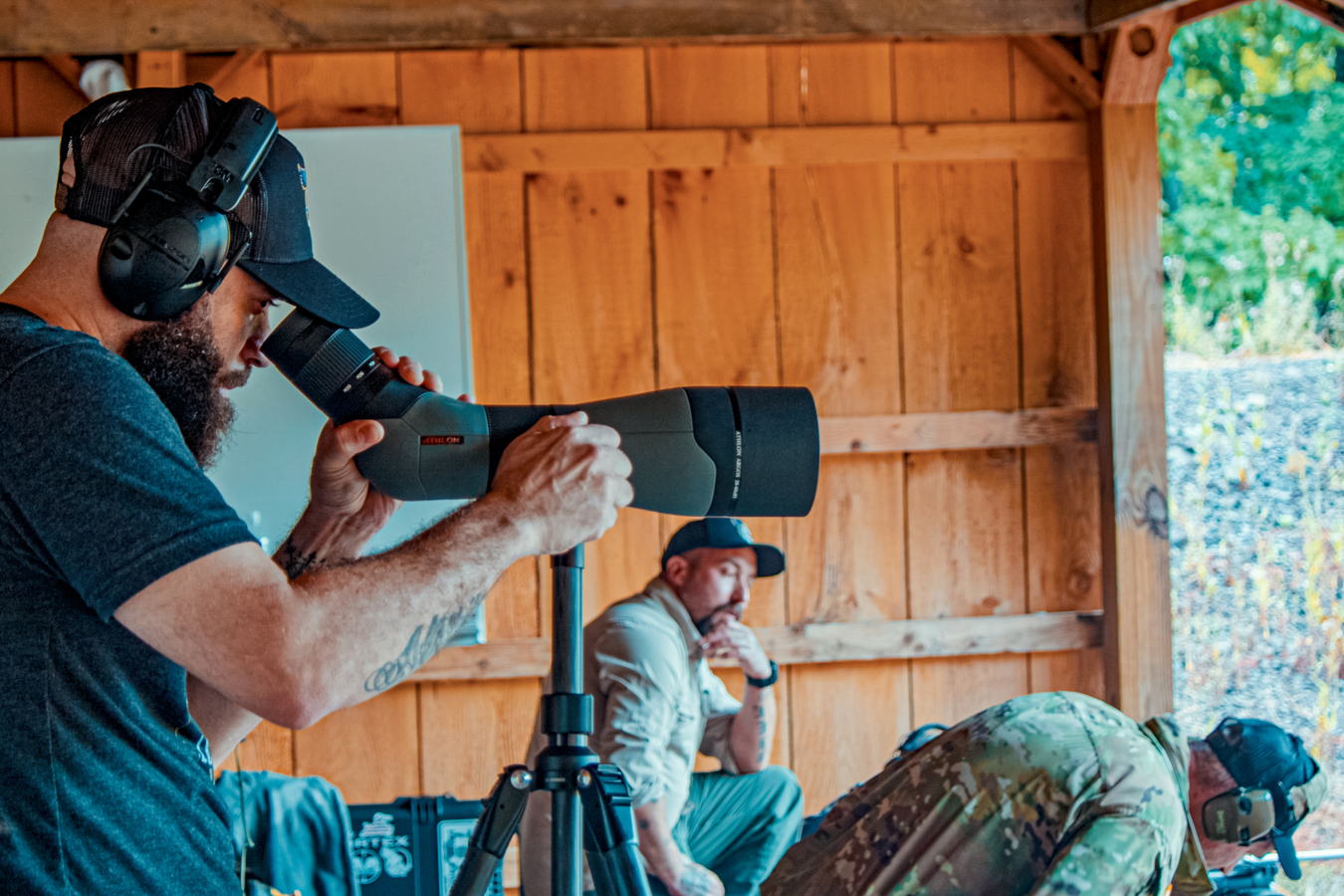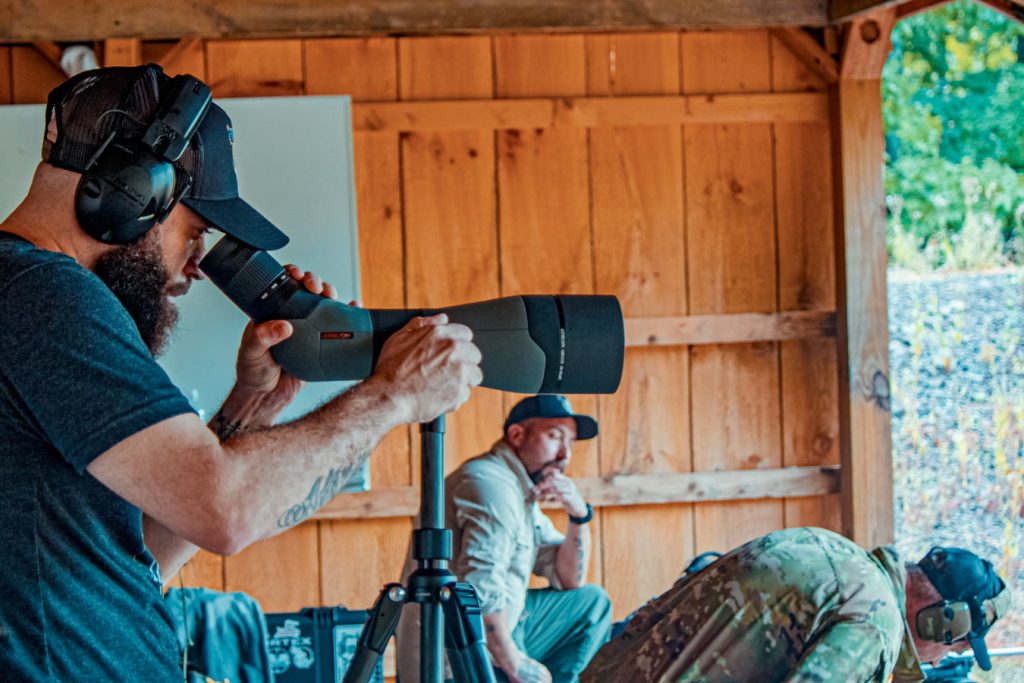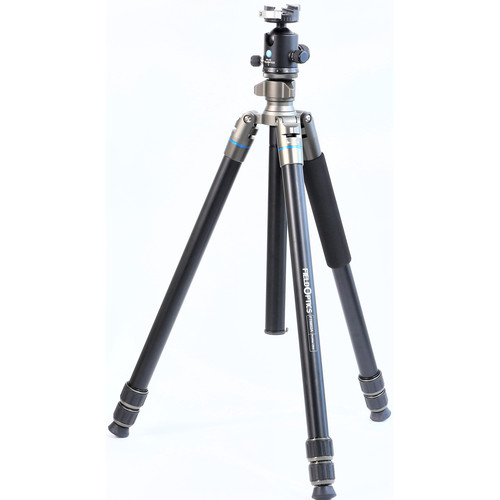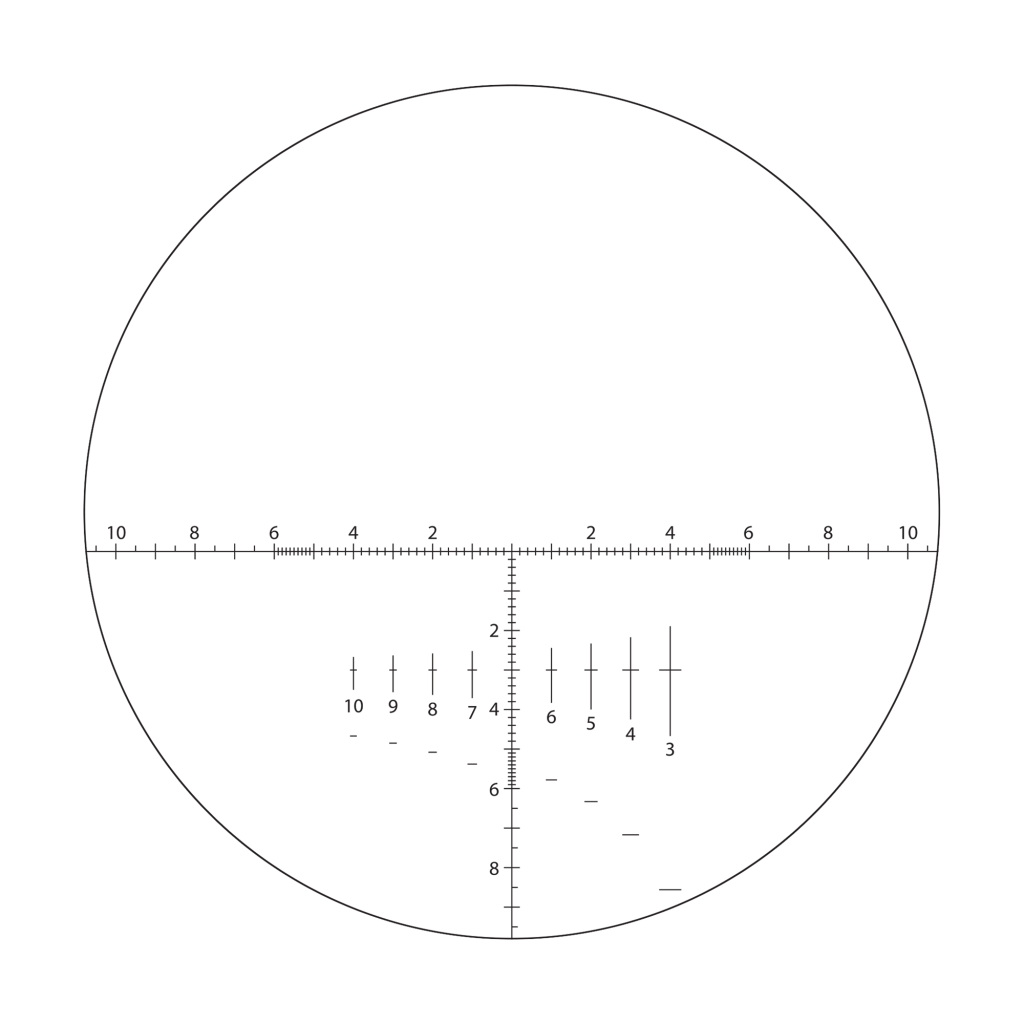Suggested Spotting Scopes
Talos
20-60x80
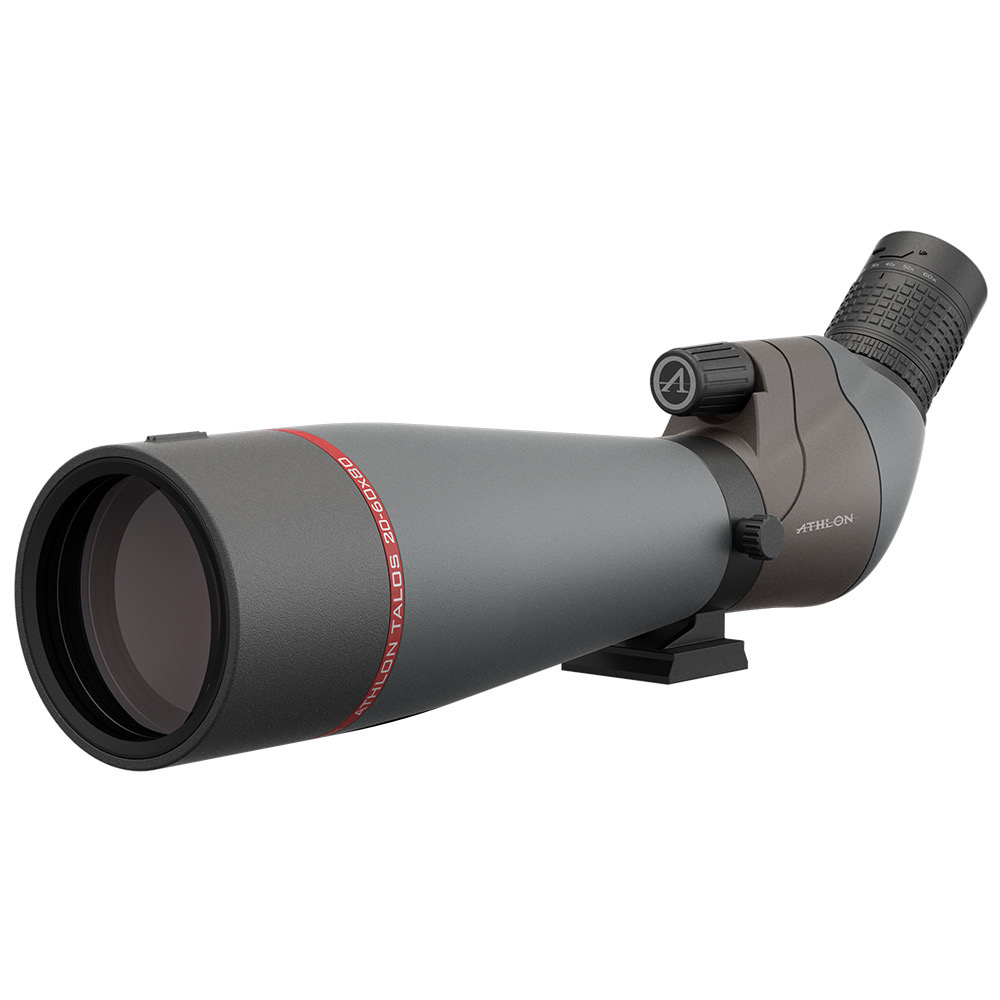
Entry
A lightweight composite chassis paired with Silver Coated prism and Fully Multi-Coated lenses. Performs well outside its price point compared to competitors in this category.
Ares G2 UHD
15-45x65
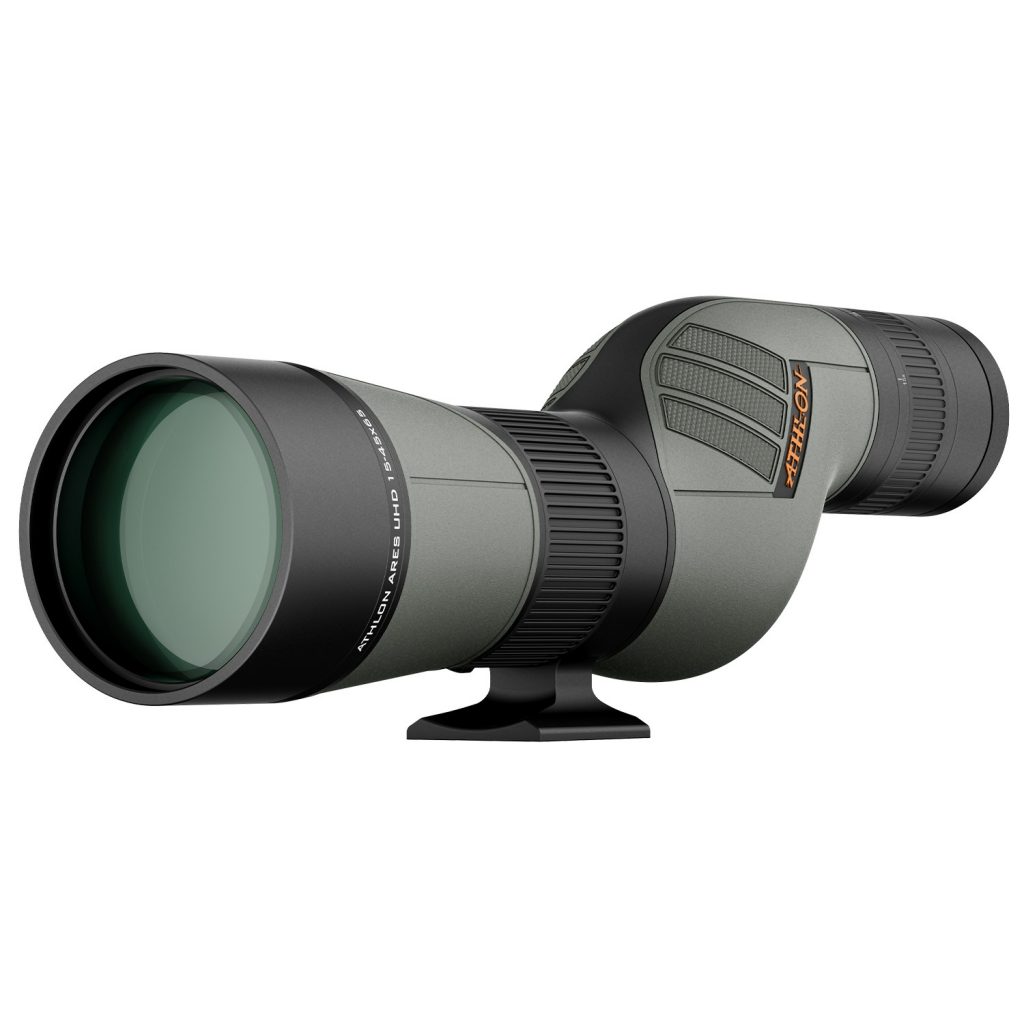
Compact
One of the most versatile spotting scopes in Athlon’s lineup. UHD extra-low dispersion lenses and a compact chassis with an optional ranging reticle eyepiece.
Cronus UHD
20-60x86
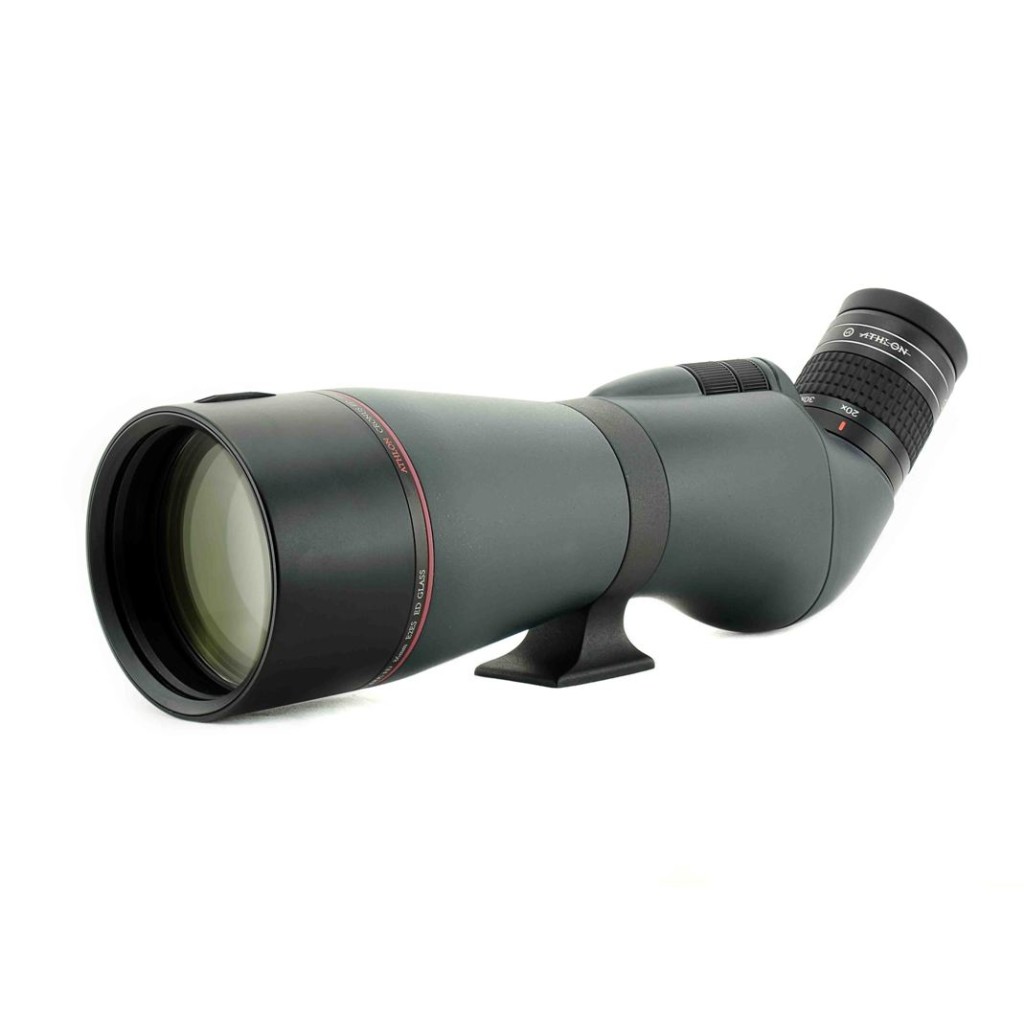
Hi-Res
An apochromatic lens system further increases contrast, sharpness and color definition. Ideal for extreme distances, heavy mirage, or difficult to locate targets.
